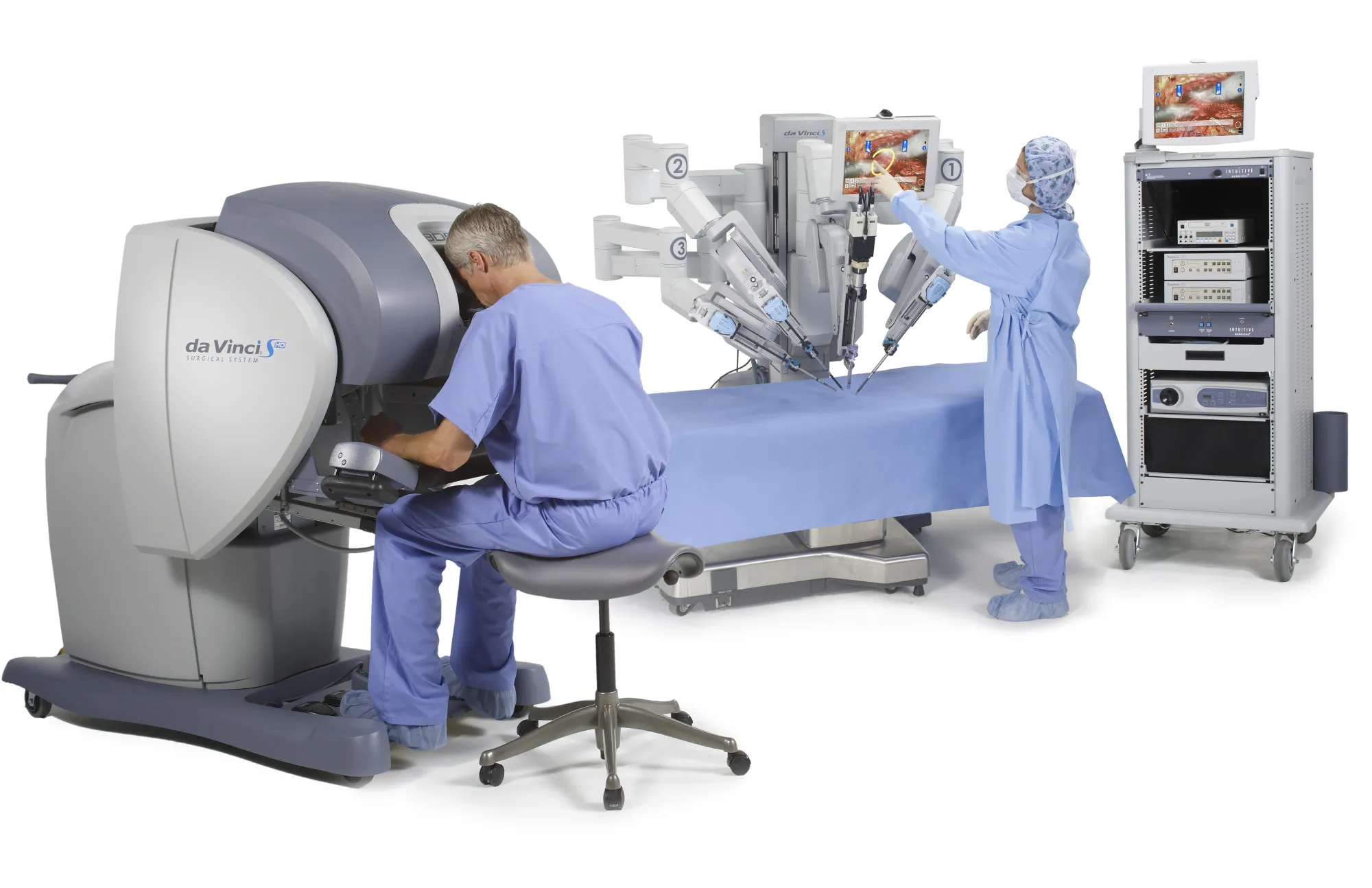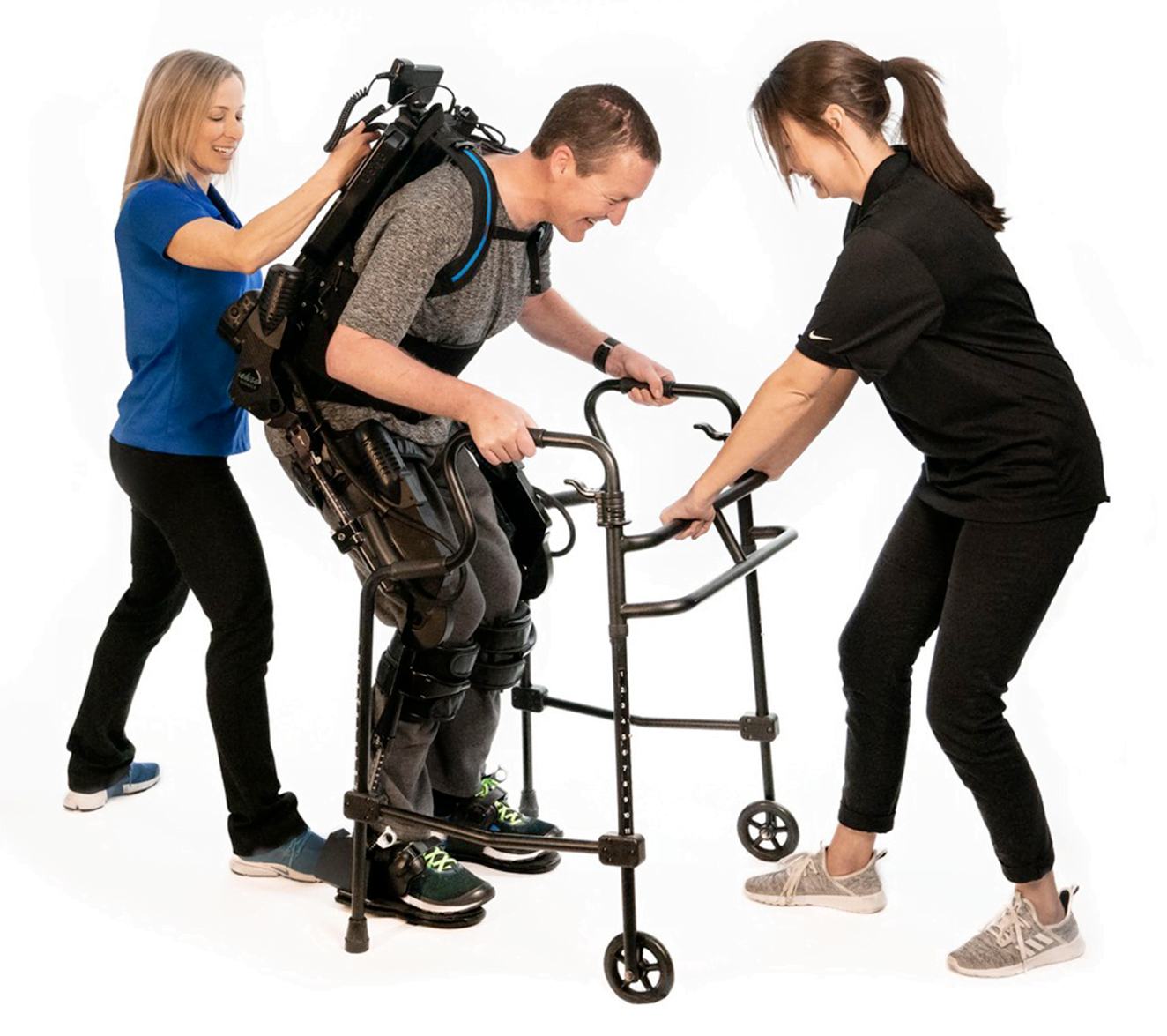The Rise of Robotics in Healthcare: A Revolution in Medical Care
Robotics is quickly becoming a transformative force in the world of healthcare. From surgical robots to rehabilitation devices, robots are changing the way we diagnose, treat, and care for patients. Medical professionals are starting to see the benefits of incorporating robots into their practices, including improved accuracy, efficiency, and patient outcomes. But what is the impact of robotics in healthcare, and how is it relevant to medical students and doctors today?
What is Robotics in Healthcare?
Robotics in healthcare refers to the use of robots, automated machines, and computer systems to support and enhance medical treatment. Robotics technology is being used in a variety of ways, from developing new medical devices and procedures to improving patient monitoring and communication.
Examples of Robotics in Healthcare
One of the most well-known applications of robotics in healthcare is in surgical procedures. Surgical robots, such as the da Vinci surgical system, allow doctors to perform minimally invasive surgeries with greater precision and control. These robots use advanced algorithms and sensors to respond to the movements of the surgeon, providing a more natural and intuitive experience.

Rehabilitation robots are also becoming increasingly popular in the healthcare industry. These robots help patients recover from injuries and disabilities by assisting with physical therapy exercises and providing targeted support. For example, the EksoGT exoskeleton helps people with spinal cord injuries walk again by supporting their legs and helping them move their hips and knees.

Telemedicine robots, or telebots, are another growing area in the world of healthcare. These robots allow patients to connect with healthcare professionals from the comfort of their own homes. Using telebots, doctors can diagnose, monitor, and treat patients remotely, improving access to care and reducing healthcare costs. A company working in this space is Consultant Connect which used robots to enable remote ward rounds during the height of the COVID-19 pandemic.
Why is Robotics in Healthcare Important?
Robotics in healthcare is important for a number of reasons. First and foremost, it is improving patient outcomes by providing more accurate and effective treatments. For example, surgical robots are allowing doctors to perform procedures that were previously impossible, reducing the risk of complications and improving patient outcomes.
In addition, robotics in healthcare is also increasing efficiency and reducing costs. For example, telemedicine robots allow patients to receive medical care without having to travel to a hospital or clinic, reducing the need for in-person visits and reducing healthcare costs.
How is Robotics in Healthcare Relevant to Medical Students and Doctors?
Medical students and doctors are at the forefront of the healthcare industry, and play a critical role in shaping its future. As robotics in healthcare continues to grow and evolve, it is important for medical professionals to understand and embrace this technology.
For medical students, understanding robotics in healthcare is essential for their future careers. As the healthcare industry continues to adopt robotics technology, it is likely that these students will be working with robots as part of their medical practices. They will need to be knowledgeable about how these systems work, how to use them, and how to troubleshoot them when necessary.
For practicing doctors, incorporating robotics into their practices can help improve patient outcomes, increase efficiency, and reduce costs. By staying up-to-date with the latest advancements in robotics, doctors can continue to provide the best possible care to their patients.